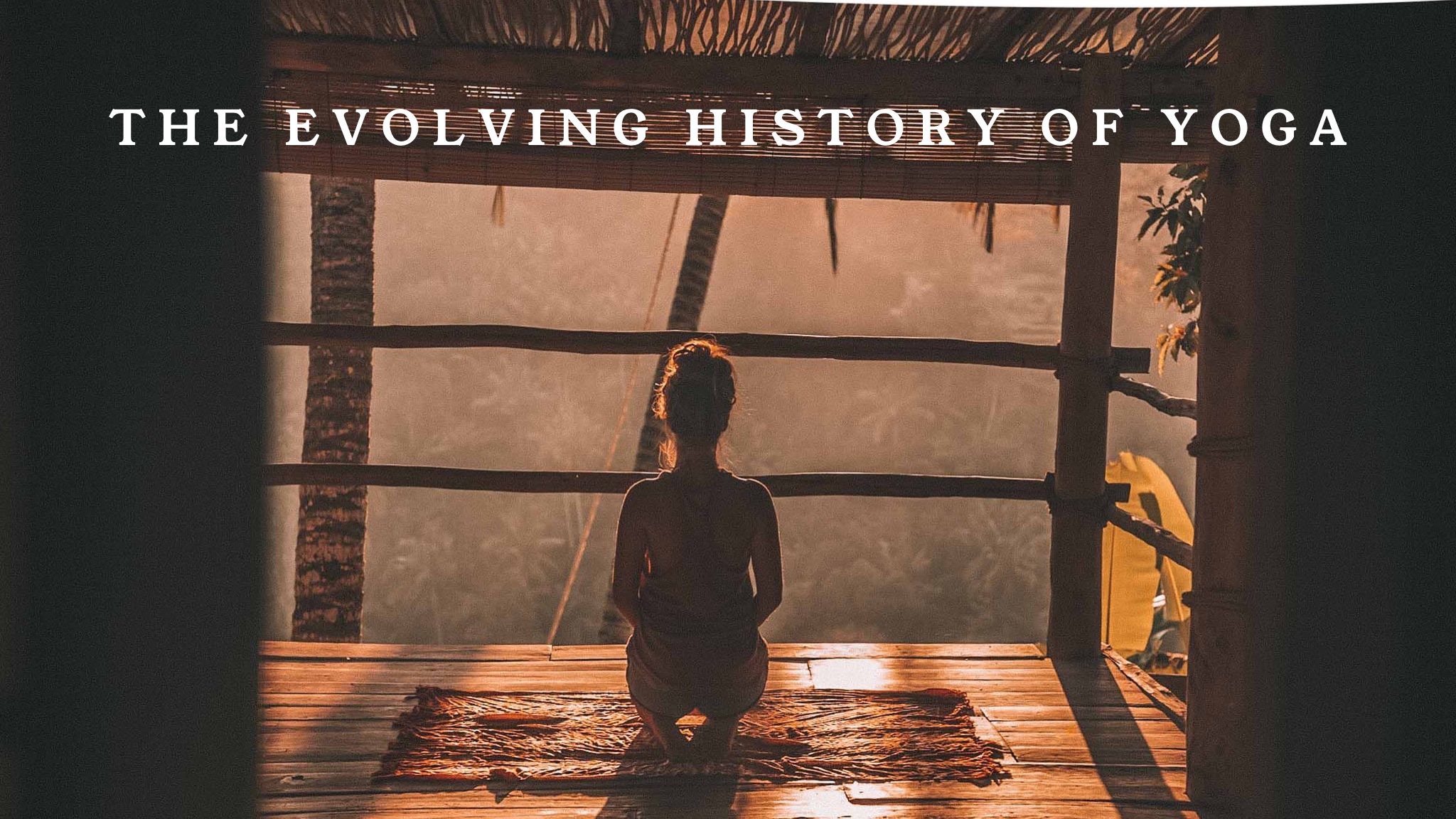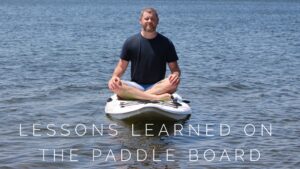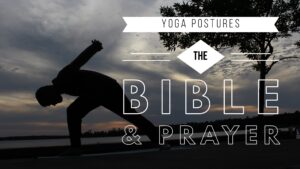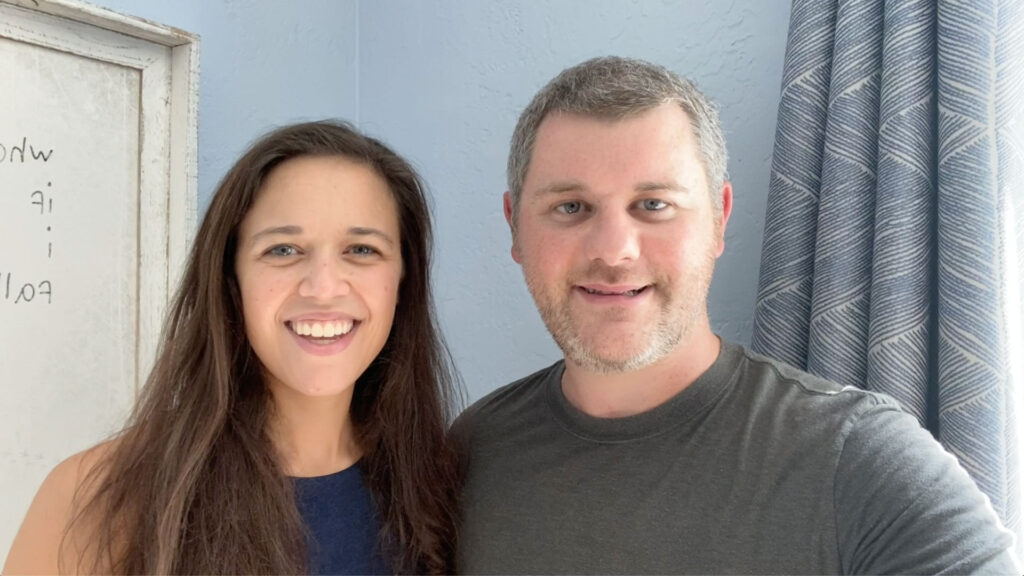Isn’t Yoga Hindu? Aren’t the different postures worshipping specific gods? Shouldn’t Christians avoid yoga because it is practiced mainly in other religions and began in a different culture and religion?
These questions are good and necessary ones to ask when considering practicing yoga as a Christian. While we have previously discussed that the source of something isn’t as important as whether or not it is true (read article here), it is still worthwhile to understand how and why something came about. History certainly informs the present moment. When it comes to the history of yoga, there is not a single, direct line that we can trace from the very ancient practice to the modern practices we see in the West today.
Yoga, as a term, and as a part of Indian culture, is very old. The way it is practiced in the west, however, is a more recent development that was formulated through a dynamic conversation between physical culture, bodybuilding, gymnastics, western spirituality, and eastern spirituality.
When we look at the ancient yoga texts, we discover that the oldest forms of yoga really center around one pose: simple seated. The main purpose was not about the physical at all but about meditation and connecting with the non-physical. As time went on, the more physical aspects of yoga rose to prominence, ultimately taking center stage as yoga interacted with the rise of physical culture and exercise around the world.
When it comes to the history of yoga, there is not a single, direct line that we can trace from the very ancient practice to the modern practices we see in the West today.
Yoga, as we know it in the west today, is a mix of many different forms of physical movement combined with breath-work, meditation, and other practices intended to help a person relax, pray, become more mindful, and more. While many aspects of this certainly date back many generations in the yoga tradition in India, they are also found in other physical and spiritual practices that arose around the world over much of the same timeframe, some independently of yoga altogether. As the world became a more globalized place, yoga added to the worldwide conversation and was also shaped by these other movements that combined the physical and the spiritual.
Gymnastics, body building, physical culture, and spirituality movements all played a role in shaping the look of modern-day yoga in the west. What we call yoga today is not what yoga looked like 200 years ago, let alone what it looked like 1000 years ago. In fact, many yoga postures including some of the standing postures, Sun Salutation sequence Surya Namaskar, and the Ashtanga Vinyasa system are believed to be only 100-200 years old.
Ultimately, Yoga is a term that encompasses much more today than the practice of a single religion. It is not a single tradition that has been passed down unaffected and unchanged for thousands of years. Yoga has undergone many transformations, evolutions, and new iterations for cultural, political, and very practical reasons.
At Ruah Space, we practice the postures and sequences of yoga with our minds, bodies, and souls oriented toward the Father, Son, and Holy Spirit.
When someone says the word yoga today, therefore, they are referring to a practice that comes in many shapes and sizes. Like many things in life, one’s definition of the practice matters. Many people pray but not all to the same god. Many religions used to offer sacrifices, including Israel, but not to the same gods or for the same reasons. Similarly, many people practice yoga in a way that fosters health, mindfulness, worship, and prayer, but don’t do so for the same reasons or in the same ways.
Some people practice yoga in a way that has nothing to do, in their minds at least, with spirituality at all. Some practice to worship a specific god or even to worship their own body. And the thing is, all of these uses fit within the yoga tradition as it has evolved around the world. At Ruah Space, we practice the postures and sequences of yoga with our minds, bodies, and souls oriented toward the Father, Son, and Holy Spirit.
In him we live and move and have our being.
Acts 17:28 NIV
We worship God with our minds, bodies, and souls because it is “in Him we live and move and have our being” (Acts 17:28 NIV). Our practice of yoga today is certainly impacted by the yoga tradition as it has developed over thousands of years. It is equally true, however, to say that it is also impacted by bodybuilding, gymnastics, and other physical culture and spirituality culture movements. We enter into the ongoing conversation known as yoga looking to engage what helps us worship with Father, Son, and Holy Spirit.
To answer our original questions, then, yoga does have roots in Hinduism, but it also has roots in other religions, spiritual practices, and systems that are not religious at all. Like many things in the world, as Christians we are invited to engage what can bring us closer to God and into greater awareness of God’s presence in our lives. We are invited to add to the conversation as agents of reconciliation as we find our place in this evolving, growing tradition.
You can check out previous posts in this series here:
Part 1: Yoga Means Yoke or Union
Part 2: Redemption & Reconciliation
Part 3: Yoga Postures, the Bible, and Prayer
If you are interested in more of the specifics of how yoga developed in the past few centuries, I highly recommend checking out the book Yoga Body by Mark Singleton. You can find the book here: https://amzn.to/2R7oIj0. This book heavily influenced this article and gives in-depth details concerning the history of yoga as it pertains to its western formulations today.
*As an Amazon Associate I earn from qualifying purchases.





